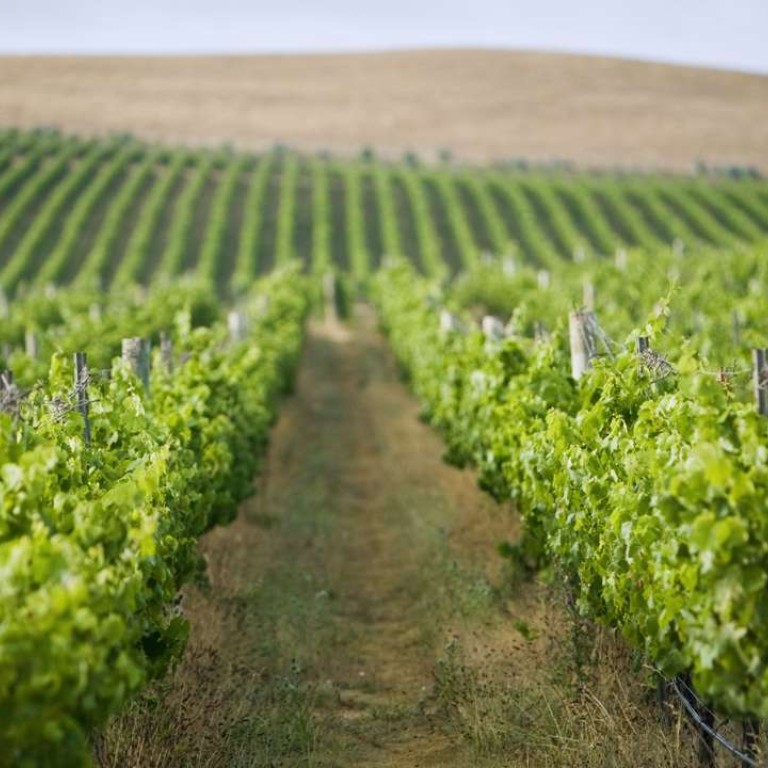
How Australian wines breached the Grape Wall of China
Chinese drinkers have gained a taste for fruity reds from down under, and as their middle class palates grow more discerning, exporters see room for growth
Chinese drinkers are showing an increasing thirst for Australian wines, making them the toast of exporters whose businesses are benefitting from the discerning palates of the country’s growing middle class and a multitude of buying options.
Australian wine exports to China grew 51 per cent in the 12 months up to September last year, making Australia the top exporter to China by value and second by volume, after France. China in turn is Australia’s top market, surpassing the United States last year.
Also fuelling the growth is a reduction in tariffs. From January 1, these fell to 5.6 per cent under the China-Australia Free Trade Agreement (ChAFTA). Prior to ChAFTA, they were 14 per cent.They will be zero by 2019.

The market for overseas wine in China took a hit in 2012 when the Communist Party banned extravagant gift-giving by officials in an effort to cut corruption. Australian wine exports to China hit a low in 2014, but that blip, which mainly affected the premium end of the market, has been corrected.
Vineyard blazes a trail for Austrian red wines, beneficiaries of climate change
He said Australia would do well, despite a glut of Bordeaux that Chinese buyers were no longer so keen on, as the country was “seen as a source of trustworthy products, something of massive importance in China where consumers have grave concerns about food safety ... Add to that the Australian wine sold in China tends to be fresh and fruity – ‘bottled sunshine’, as they say”.

Henry Xu, the Asian brand manager of Ferngrove Estate in Western Australia, said his firm shipped 150 containers to China in 2016, and had averaged more than 100 a year since entering the Chinese market in 2011. The company’s success was helped by its traditional sales team in China that sold to small-time distributors such as independent liquor and cigarette shops. “We don’t modify our wines but we do make wines that are more suitable for Asian/Chinese palates – broadly speaking less acidic, less tannic and more fruity,” he said.

Jim Kirkpatrick, of Best Bottlers and Harland Wines from Victoria, Australia, said some winemakers were making wines with the Chinese market in mind. These were often higher in residual sugar than traditional Australian reds, which tended towards dryness.
“The Chinese very much rely on the good and consistent quality from Australia,” said Kirkpatrick. “We realise that China will be the dominant market for Australian wine exports for the future.” He said business had been helped by ChAFTA and by Chinese government campaigns to steer people away from consuming the high-alcohol rice spirit, baijiu.
Nick Waterman, from Yalumba Wines in South Australia, said some industry figures predicted there would be 150 million regular wine drinkers in China by 2025. Yalumba’s distributor, ASC Fine Wines, helps the company monitor its brand and provide data about who is drinking what and where. “In tier two and tier three cities ... there’s a tendency for slightly sweeter [wines],” Waterman said.
Why Chinese millennials buying wine online is a phenomenon ripe for research
While red wines currently dominate the market, Waterman cited the robust white viognier grape as a growth area and Kirkpatrick pointed to the success of Clare Valley rieslings. Boyce said as “taste based buying” grew so would white’s share of the market.
The export market would continue to grow as “decent quality wines at the lower end of the price range have really taken a large slice of the market from [Chinese] producers”, who were “slow in shifting to producing and marketing better products”, Boyce said.

Waterman said there was potential for China’s love of Australian wine to pour over into its tourism market.
Wine Australia already partners with Tourism Australia, and while only a fraction of Chinese travellers make it Down Under, the numbers are rising.
Chinese students make up the largest share of the A$18.8 billion foreign education economy and a government-sponsored report from Deloitte suggests a knock-on effect of that is an additional A$935 million in study tours and family visits. In 2015, Chinese visitors to Australia topped one million for the first time, according to the Australian Bureau of Statistics. This was more than any other nation bar New Zealand.
Kirkpatrick said that when Chinese distributors came to visit him in Victoria, he even advised them on where to see wild kangaroos. “They’re interested in everything Australian, really.” ■


